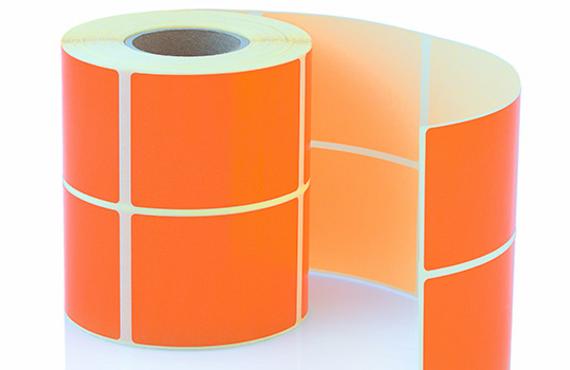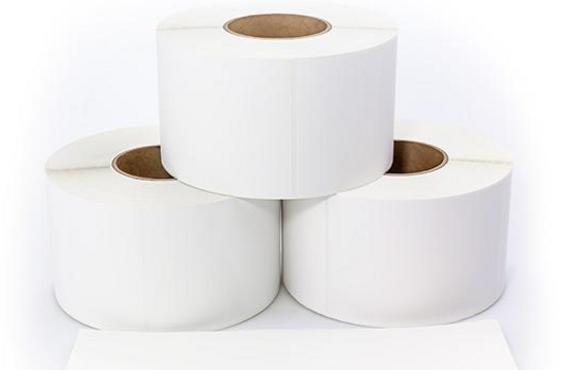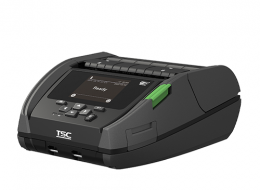Direct Thermal vs. Thermal Transfer
Unsure about the best Thermal Label for your customers?
Explore the fundamental differences between Direct Thermal and Thermal Transfer Labels.

Thermal Transfer Labels
Thermal transfer printing utilises a ribbon with heat-sensitive ink. A print head heats up and melts a wax-based or resin-based ink onto the media.
Materials
Face stock and ribbon
Advantages
- Using different face stock and ribbon combinations can provide smudge, scratch, and chemical resistance.
- The material is less expensive than direct thermal printing.
- All materials are scannable in both visible and infrared light, offering many face stock options and a longer shelf life.
Disadvantages
- Less efficiency is experienced due to ribbon changes, leading to increased downtime when ribbon lengths don’t always match label roll lengths.

Direct Thermal Labels
Direct thermal materials are printed using heat. When the label travels under the heated printhead, a chemical reaction takes place within the media – darkening the portions touching the printhead.
Materials
Face stock only
Advantages
- More cost-effective for short-term uses and applications.
- There is less printer downtime with no ribbon changes.
Disadvantages
- The Image darkens over time with exposure to light or high temperatures.
- Face stock costs more than thermal transfer, and there is a shorter shelf life.
- Limited scratch resistance and few options for chemical resistance contribute to its disadvantges.
- Additionally, there is a shorter printhead life than in thermal transfer printing.
Genuine Supplies Free Samples
Not sure which Labels meets your requirements? Simply fill out the form below and get started today!
Genuine Supplies Catalogue
Our Genuine Supplies Catalogues are exclusively available for our Partner Portal Account holders. Please note you will only be able to download these catalogues if you are logged in to your account.
To log into your account, please click here.
To request a Partner Portal account, please click here.
Download Euro Catalogue Download USD Catalogue Download GBP Catalogue



































